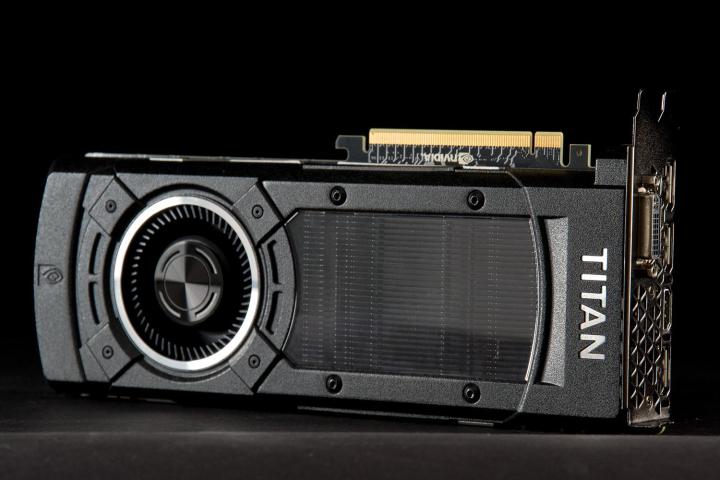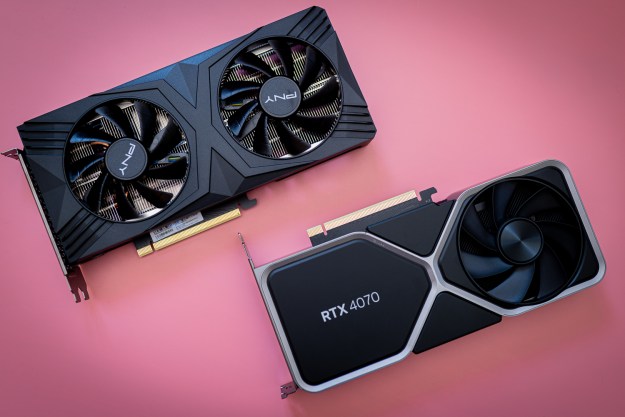
These numbers come straight from the latest John Peddie Research report (via PCper) and it gives AMD just 18 percent of the current graphics card market. Nvidia in contrast, has a full 81.9 percent, with Matrox just sneaking in there at the end with 0.1 percent.
AMD has been behind Nvidia in terms of sheer GPU adoption numbers for years though, so why are these numbers so significant? Because just three months ago, AMD’s share was closer to a quarter, at 22.5 percent. This time last year, it was higher still, with 37.9 percent of the overall discrete GPU market.
As bleak as these numbers are however, they should be considered just one piece of evidence of the current landscape. Mercury Research also put out its own report recently, which also shows AMD’s share dwindling, but it doesn’t go so far as the John Peddie report, stating that AMD’s share is 23.6 percent instead. Falling from a high of 36.2 percent this time last year.
However these statistics paint an even more worrisome picture of the market as a whole, as though Nvidia has captured some of AMD’s market share in recent months, the entire add-in card industry is stuttering. As more hardware makes use of integrated APUs from AMD and Intel, the percentage of desktop systems fitted with dedicated graphics card has fallen to 37 percent.
When compared with 2008, where that figure was 63 percent, the decline is obvious. While the enthusiast and gaming market sectors continue to support big players like Nvidia and (to a lesser extent now) AMD, the market itself is not what it once was.
There will likely be an audience for this sort of hardware for the foreseeable future, but as integrated GPUs and APUs become more powerful, add-in cards may become less necessary for those that don’t need bleeding-edge graphics.
Editors' Recommendations
- Nvidia RTX 50-series graphics cards: news, release date, price, and more
- I’ve reviewed every AMD and Nvidia GPU this generation — here’s how the two companies stack up
- AMD is finally taking FreeSync to the next level
- AMD finally has a strategy to beat Nvidia’s DLSS
- Nvidia is reportedly ‘worried that it’s missing the boat’





